Climate Change Adaptation
The Agriculture Nets Market is significantly influenced by the pressing need for climate change adaptation. As weather patterns become increasingly unpredictable, farmers are seeking innovative solutions to protect their crops from extreme weather events. Agriculture nets provide a versatile solution, offering protection against hail, heavy rain, and excessive sunlight. The market for agriculture nets is projected to expand as farmers invest in these protective measures to mitigate the risks associated with climate variability. According to recent studies, the agricultural sector could face losses of up to 30% due to climate-related factors, underscoring the importance of agriculture nets in ensuring crop resilience and sustainability.
Rising Demand for Organic Produce
The Agriculture Nets Market experiences a notable surge in demand for organic produce, driven by increasing consumer awareness regarding health and environmental sustainability. As more consumers opt for organic fruits and vegetables, farmers are compelled to adopt protective measures to ensure crop quality. Agriculture nets play a crucial role in safeguarding crops from pests and adverse weather conditions, thereby enhancing yield. Reports indicate that the organic food market is projected to grow at a compound annual growth rate of approximately 10% over the next few years. This trend suggests that the Agriculture Nets Market will likely witness a corresponding increase in demand as farmers seek effective solutions to meet the rising expectations of health-conscious consumers.
Growing Awareness of Pest Management
The Agriculture Nets Market is witnessing a heightened awareness of pest management strategies among farmers. As pest-related losses continue to threaten crop yields, the adoption of agriculture nets as a preventive measure is gaining traction. These nets serve as a physical barrier against pests, reducing the reliance on chemical pesticides and promoting environmentally friendly practices. Market data suggests that the pest control segment within agriculture is expected to grow by approximately 8% annually, indicating a strong correlation with the demand for agriculture nets. This trend reflects a broader shift towards integrated pest management, positioning the Agriculture Nets Market favorably for future growth.
Technological Innovations in Agriculture
Technological advancements are reshaping the Agriculture Nets Market, as innovations in materials and design enhance the effectiveness of agricultural nets. The introduction of UV-resistant and biodegradable nets caters to the growing demand for sustainable farming solutions. Furthermore, smart agriculture technologies, such as sensors and drones, are increasingly integrated with agriculture nets to optimize crop protection. This synergy between technology and agriculture nets is expected to drive market growth, with projections indicating a potential increase in market size by 15% over the next five years. As farmers adopt these advanced solutions, the Agriculture Nets Market is poised for substantial transformation.
Government Support for Agricultural Practices
Government initiatives aimed at promoting sustainable agricultural practices are significantly impacting the Agriculture Nets Market. Various countries are implementing policies that encourage farmers to adopt protective measures, including the use of agriculture nets. Subsidies and financial incentives for purchasing agricultural nets are becoming more common, facilitating access for smallholder farmers. This support is crucial, as it not only enhances crop protection but also contributes to food security. The Agriculture Nets Market is likely to benefit from these initiatives, with an anticipated increase in adoption rates among farmers seeking to comply with government regulations and improve their agricultural practices.


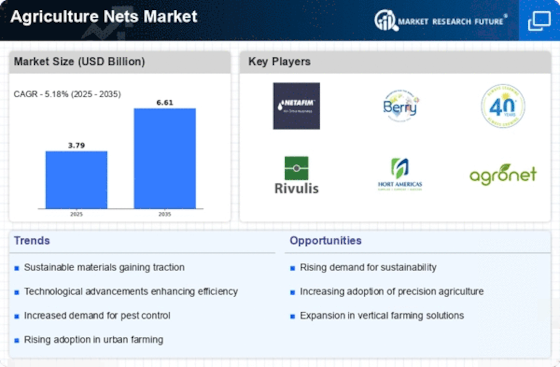
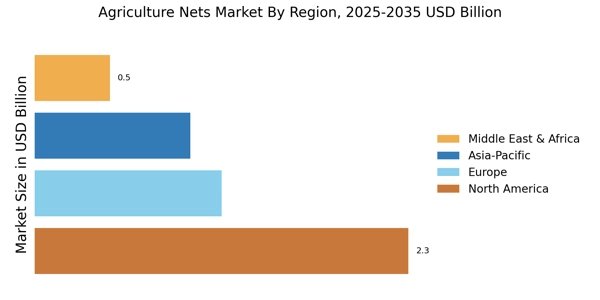
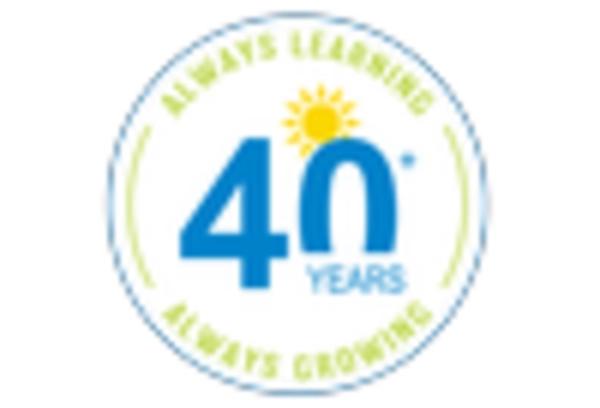
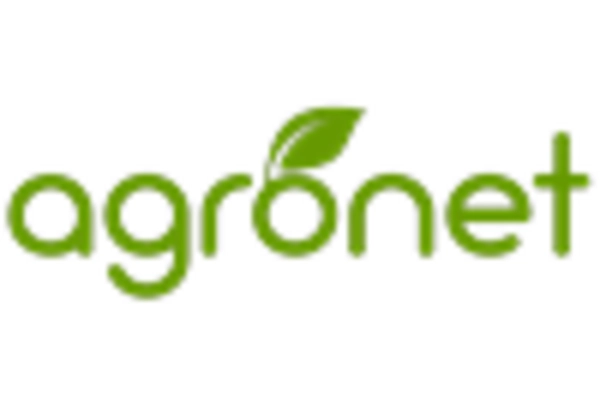

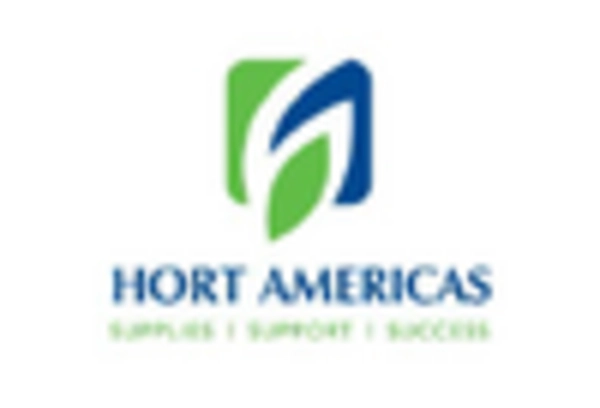










Leave a Comment